The term frozen shoulder stands for restriction of shoulder movement , but this term is used inappropriately most of the times as not all shoulder restrictions are frozen shoulder , the restriction in particular patter( capsular pattern )is called as frozen shoulder or adhesive capsulitis
About 3 % to 5 % of total population gets affected out of which 70 % are women ( due to hormonal shift , commonly seen during menopause)
Frozen shoulder can happen secondary to injury to the shoulder, fracture, and is also commonly seen in Diabetic and patients with thyroid issues.
Presentation of patient with frozen shoulder is pain and restriction of movement.
Common complaints would be:
- unable to take the hand being the back or head .
- Reaching out or reaching up
- putting on a jacket is painful ( “I put my jacket on the affected side first”)
- combing my hair lead to pain in my shoulder.
Proper evaluation is important so going to doctor and starting physiotherapy is the key.
When you visit a physiotherapist he will evaluate the shoulder with a details history taking and some special test to rule out other conditions which could be associated with this like reduced neck ROM , trapizitis
After evaluation the treatment plan is set which could be a combination of following:
- Mobilization
- Electrotherapy
- Exercises
- Acupuncture
- Cupping
- Shock wave
If you think you have frozen shoulder or any shoulder injury which could lead to frozen shoulder get yourself evaluated at an early stage and book an appointment with our physiotherapist.



